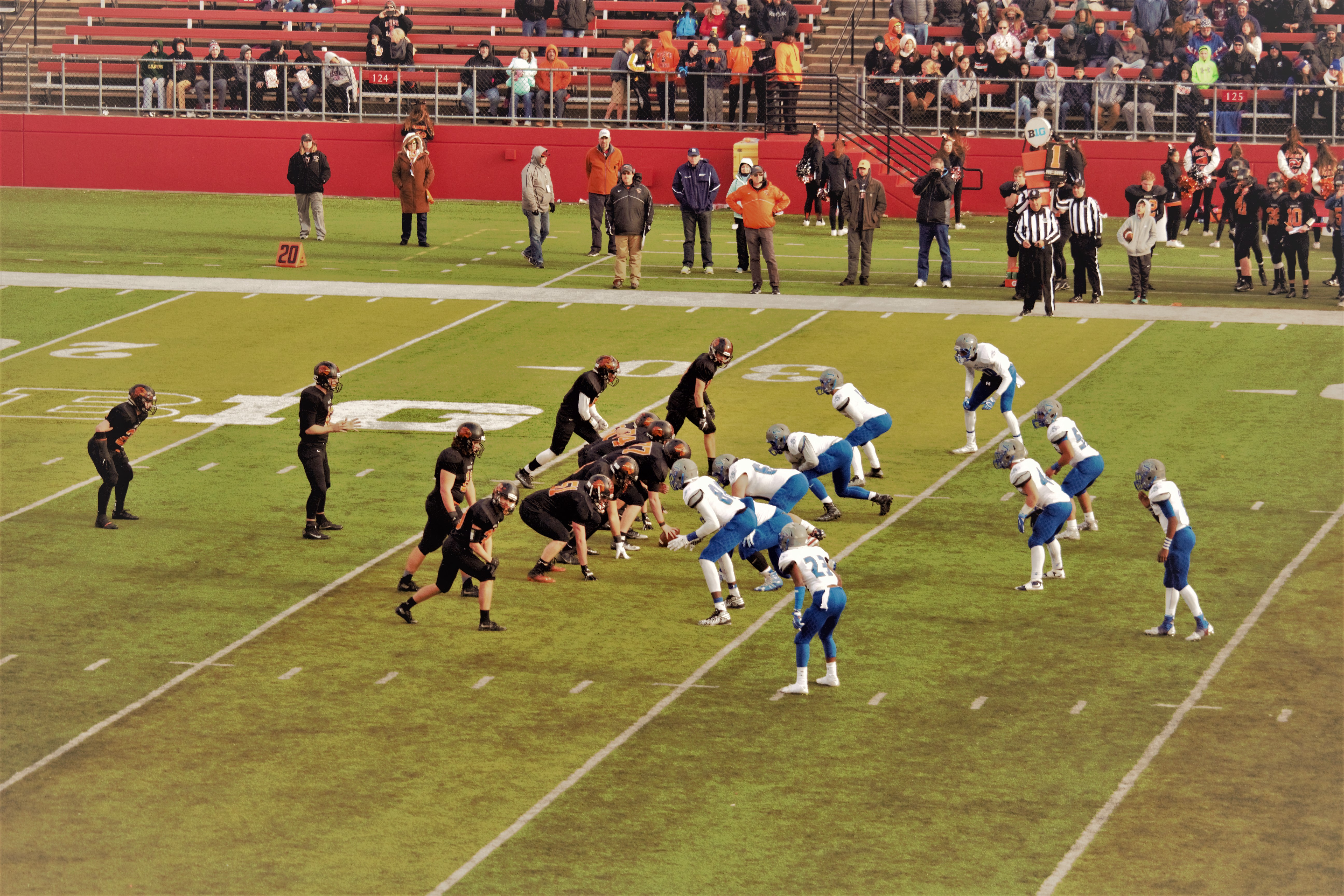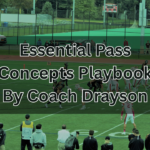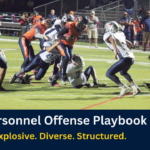Why you Should Give Tempo a Try

Why you should give tempo a try
As an offensive coordinator, I have ran a Spread, No-Huddle offense in each of my 4 seasons as offensive coordinator (1 season Jr Pee Wee, 2 seasons Pee Wee, 1 season Junior Midget) for the Steele Creek Seahawks. While I use the term “no huddle”, a more accurate term for our offense is a “tempo” based offense. While we don’t huddle for 90% of our plays, we have various tempos that we can utilize. One of the ways we adjust our tempo is to utilize a “check with me” tempo which can sometimes take 15-20 seconds off of the play clock if necessary. On the other end of the spectrum, we can utilize our fastest tempo “Green”, from which we have snapped the ball around 3-4 seconds after the ball has been set as ready for play by the referee. Optimally, we would love to snap the ball within 8-10 seconds of the referee setting the ball as ready for play. Through our various tempos, we have passed for about 2,000 yds and 23 TDs in the last 3 years with three different quarterbacks. Here are the reasons why I utilize a spread no huddle offense with various tempos and why you should consider it as well:
- My guys are spending the majority of their time playing rather than thinking
I have witnessed too many situations with opposing teams where a play is derailed because a kid is unsure of his responsibility for the particular play, or the time in between plays has a kid thinking too much, causing him to be slower in his movements than the rest of his team. When we operate at our fastest tempo, I have found that even a blown assignment can still contribute to a positive play because we teach our kids to “play fast”. “Playing fast” means that they are strongly encouraged to play at 100 miles per hour and to give a “perfect effort” to steal a term from legendary coach Bob Ladouceur. I understand my players may make mistakes, but by playing fast and giving a perfect effort, our players minimize the impact from their blown assignments. As you review your offense and your team’s philosophy, consider utilizing a faster tempo to minimize the negative impact from blown assignments.
- Create easy advantages against the defense
Within the past two seasons, we have pushed tempo to the point where the defense hasn’t gotten set for the next play. We had one particular play in which we had a receiver make a spectacular jet sweep run for about 35-40 yards, and we immediately utilized our fastest tempo after the big play. That year, when we were going our fastest, the next play after a big play would usually be a direct snap off tackle run to our strong side out of a tight 3 by 1 formation. Well, the opposing team knew that our #1 WR was prone to making big plays, and resorted to doubling him in any situation he lined up wide. Well after his big run, he was clearly fatigued, but due to the fact that we were going so fast, I had him line up as the single receiver away from the play and jog off of the line once the play started. The defense was so caught up in their coach’s prior directive to double team him, that in this situation, there were 3 players committed to stopping a fatigued player who was lined up on the weakside. The 3 defenders had no effect on the current play and allowed us to play 10 on 8, resulting in a touchdown. This wouldn’t have occurred the way it did without utilizing tempo.
- Gets the offense in a rhythm
In two of the last 3 seasons, we scored over 40 points in back to back weeks. Our tempo is one of the biggest reasons that we were able to be successful. In almost every single one of our most successful games, we were able to score on multiple drives in succession. Utilizing a fast paced, no-huddle offense allows for more plays, and when the offense is clicking, creates more positive plays and allows the offense to pile the points on in a hurry. When an offense experiences multiple positive plays in a row, the confidence of the offense grows and keeps the defense on their heels. We typically average 40-50 plays per game on offense (10 minute quarters). Teams that play us are not used to playing as many plays on defense, and we often notice our biggest plays occur in the 2nd half of games. This year in our championship game, we went into halftime with the score tied at 6-6. The other team came out after the half more fatigued and through a big third quarter (the other offense only ran 3 plays of offense in the 3rd quarter), we won 32-6 to beat the back to back defending champions! There are many other reasons and anecdotal stories that I could list that would give you even more of an understanding as to why I utilize various tempos within our offense, but these highlight the major reasons as to why we utilize a spread no-huddle uptempo offense. Give it a try in your 7 on 7s this spring!
Always keep ’em guessing!











